Bathurst 1000: A Blockbuster on the Box
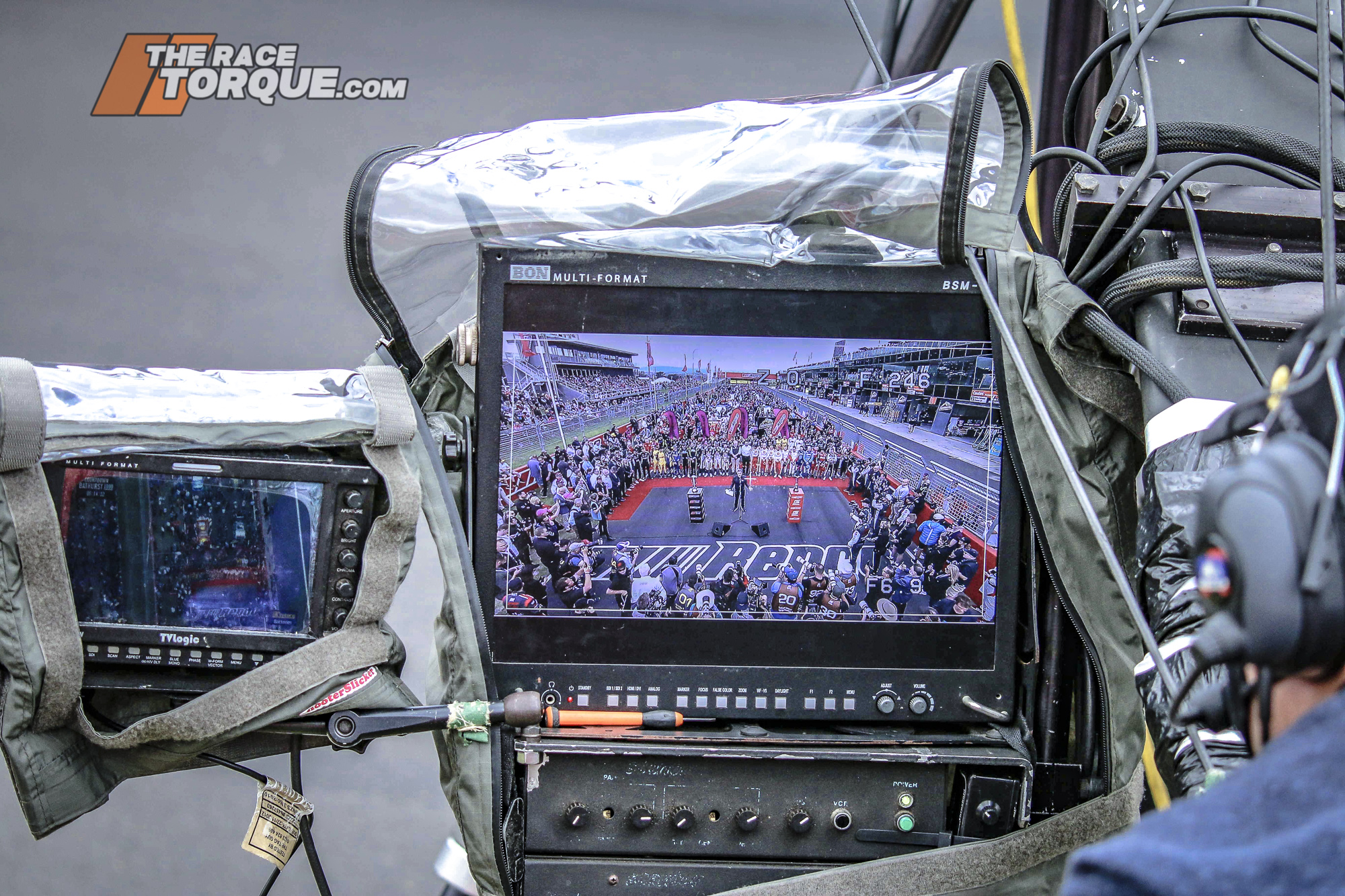
IN EVERY respect, the Repco Bathurst 1000 is Australian Motorsport’s showpiece event.
It’s part of the Australian sporting fabric, a day as intrinsically etched in the sporting conscious as the various Footy code Grand Finals, the Melbourne Cup, the Boxing Day test and the Aussie open.
That is also reflected in the TV numbers, which position the 1000 not only as the most-watched motorsport event in Australia each year, but also as one of the most viewed per capita anywhere in the world.
TRT has collated more than 15 years’ worth of TV ratings data from the Great Race to put into context just how many people tune in each year.
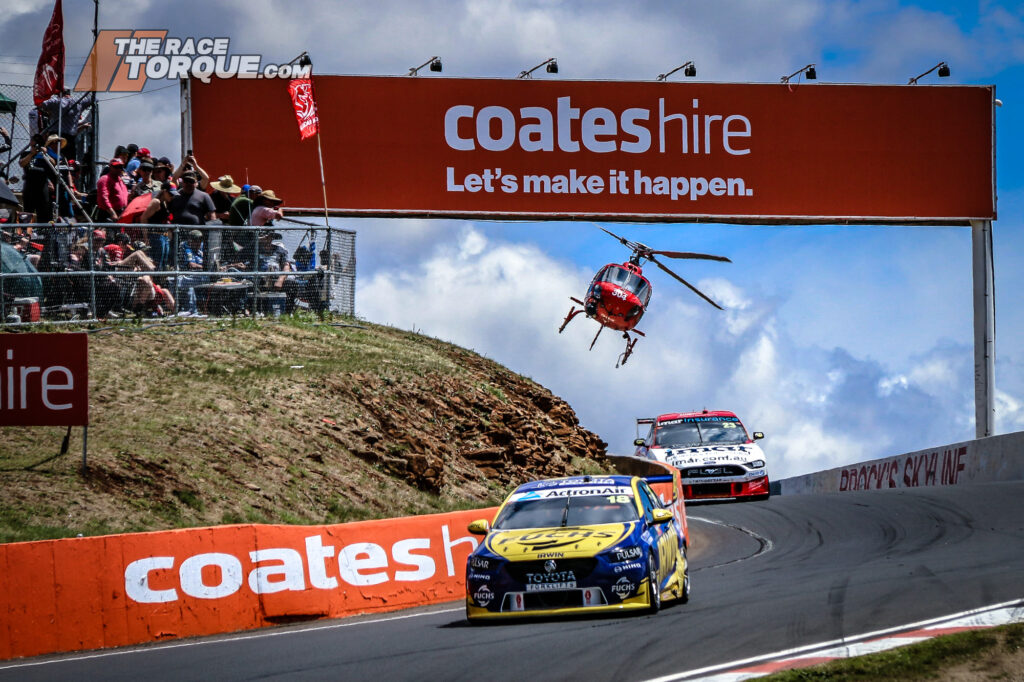
HOW THE RATINGS WORK:
IN Australia, TV ratings are captured via survey by OzTam and published at approximately 10:00am Eastern time the following day.
The numbers they release are based on the Metro Audience watching each show.
This is the number of people watching in the five largest TV markets – the 5 major capitals – in Australia. These are the numbers you will most likely read about in the media.
Regional Audiences are then added separately, which capture the broader nation as a whole.
Finally, STV or Subscription TV, Audiences are the total number of people watching on Foxtel via their ‘linear’ TV service, i.e. the Foxtel box.
Numbers for streaming services – in the case of the Bathurst 1000, 7plus and Kayo – are only released publicly by the broadcaster themselves.
This is one of the reasons TRT stopped regularly tracking Motorsport TV ratings given the increasingly large number of people watching via an app, and the lack of information provided on audience sizes.
Bathurst, however, is large enough that streamers tend to trumpet their numbers post-race (because they’re big) so we have that data to play with.
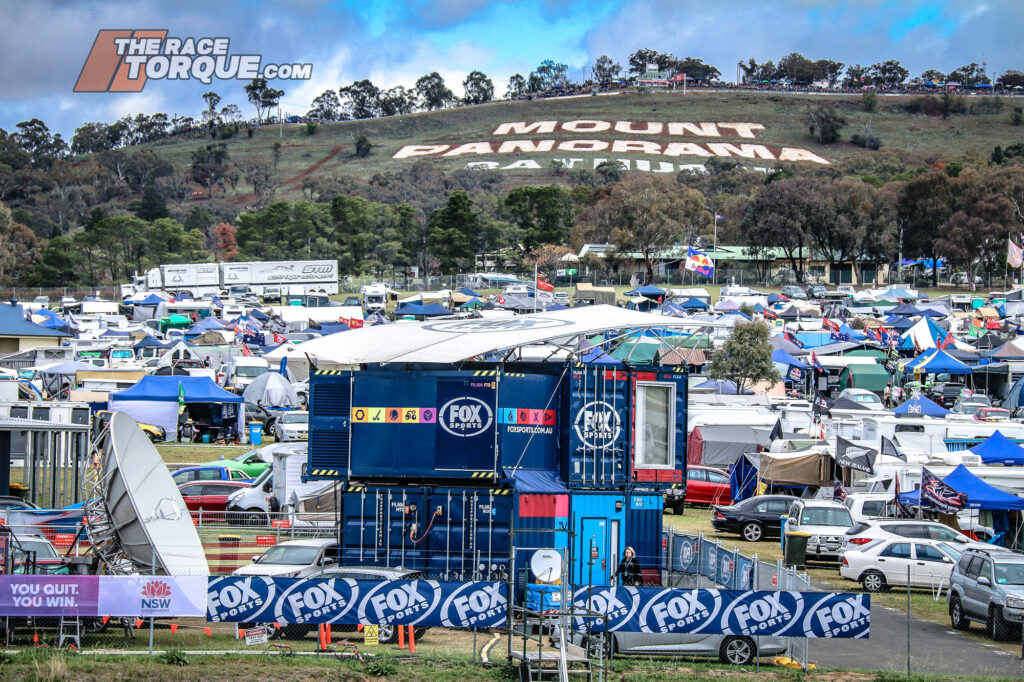
THE GREAT RACE:
UNLIKE the Footy finals, who’s audiences tend to swing wildly depending on which cities have teams involved, Bathurst has a remarkably large and incredibly consistent TV audience year on year.
Across a period from 2007 to 2022, the race itself has an average metro audience of 1.238 million people.
That includes a high of 1.339m in 2016 and a low of 1.038m in 2010. Of those 16 races, 10 of them have drawn somewhere in the 1.2 million range.
This is a remarkably consistent audience across a remarkably long period.
When you factor in the Total Audience, including regional numbers and data released by streamers the number grows.
From 2016 to 2022, the seven races held in that period had an average total audience of 1.847 million people.
That included a high of 2.10m watching in 2016 and a low of 1.54m in the Covid-moved 2020.
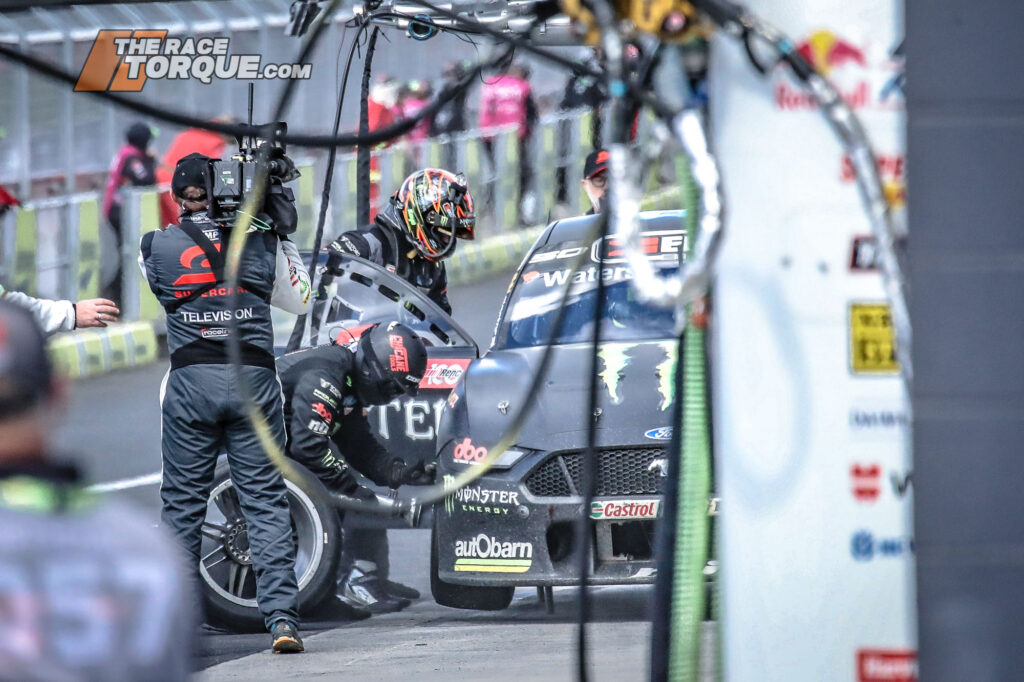
2022 – A BIG YEAR
LAST year’s Great Race gives a breakdown of how these numbers have come together.
METRO AUDIENCE (Channel 7): 774,000 (Source: OzTam Ratings)
REGIONAL AUDIENCE (Channel 7): 586,000 (OzTam Ratings)
STV AUDIENCE (Foxtel): 346,000 (OzTam Ratings)
STREAMING AUDIENCE (Kayo / Foxtel Go): 198,000 (Foxtel)
STREAMING AUDIENCE (7plus): 94,000 (Channel 7)
TOTAL 2022 BATHURST 1000 AUDIENCE: 1,998,000
That is a very good number.
By comparison, 3.85m watched the 2023 AFL Grand Final, and 3.40m the NRL Grand Final.
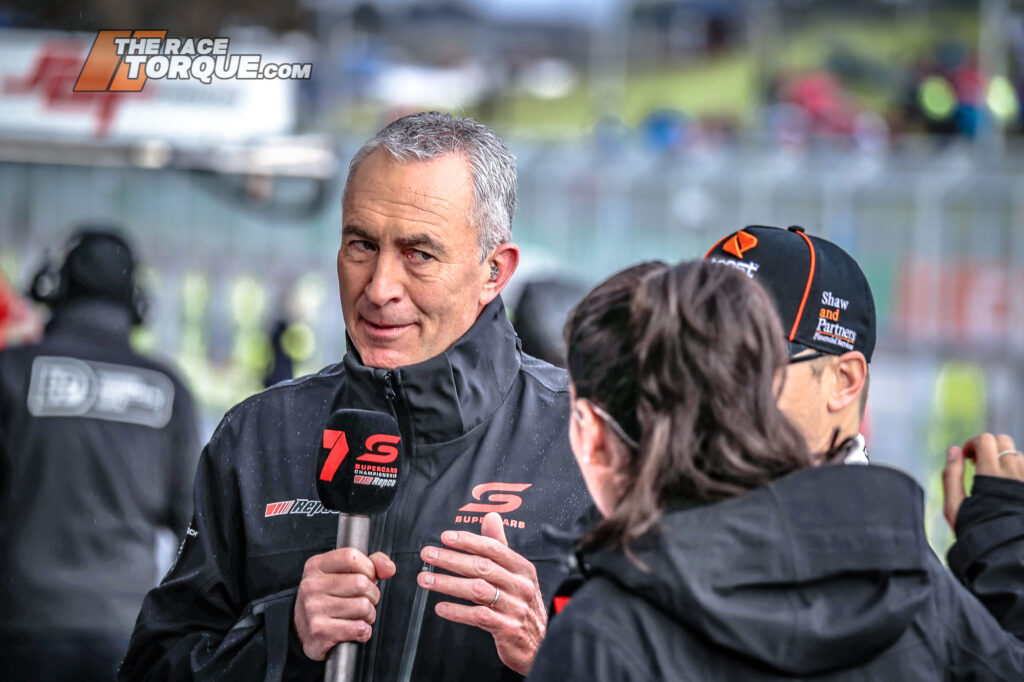
IN FOR THE LONG HAUL
THE difference between the Great Race and the footy finals is the same reason TV Broadcasters will always throw lots of money at getting the Bathurst rights: It’s an average audience over the duration of the race.
While the AFL Grand Final might take nearly three hours to play out in total – including halftime – the 1000 has never been run in less than six.
It’s a lot of people watching for a long time – longer than just about any other broadcast in Australia.
Even test cricket gets broken up into its three natural segments for rating purposes, none of them as long as the 1000. The Melbourne Cup only rates the number it does (increasingly smaller, these days) for about 15 minutes.
TV broadcasters want people watching their channel for a long time.
Few sporting events in Australia deliver that kind of audience, for that long, as the Bathurst 1000 does.
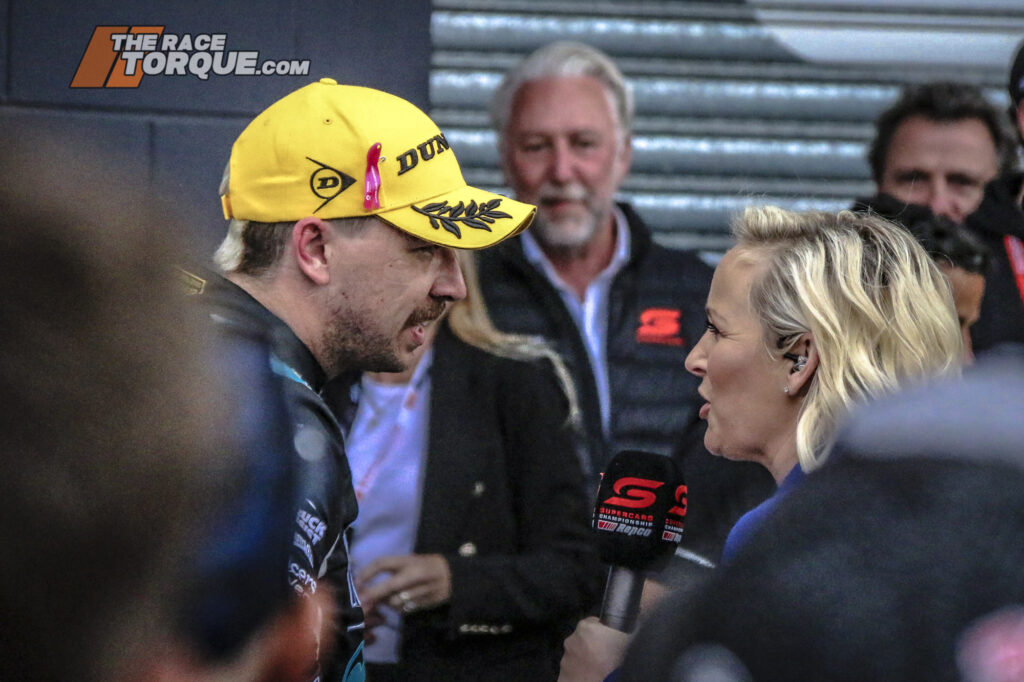
THE MAGIC OF ‘THE PODIUM’
IT IS a fact that in broadcasting the later you can push into ‘Prime Time’ the more eyeballs you’ll get.
Which is why networks keep separate data for the piece of programming known as the ‘PODIUM’, which is exactly what it says on the tin – the post-race celebrations.
This is coded into the TV guides each year and usually coincides with the end of the race itself.
It’s when numbers are at their absolute peak – the most eyeballs you will get all day.
Last year, the ‘PODIUM’ segment of the broadcast drew a national audience of 2.501m people – a 500,000 gain on the race itself.
These are the sexy numbers networks will trumpet on Monday.
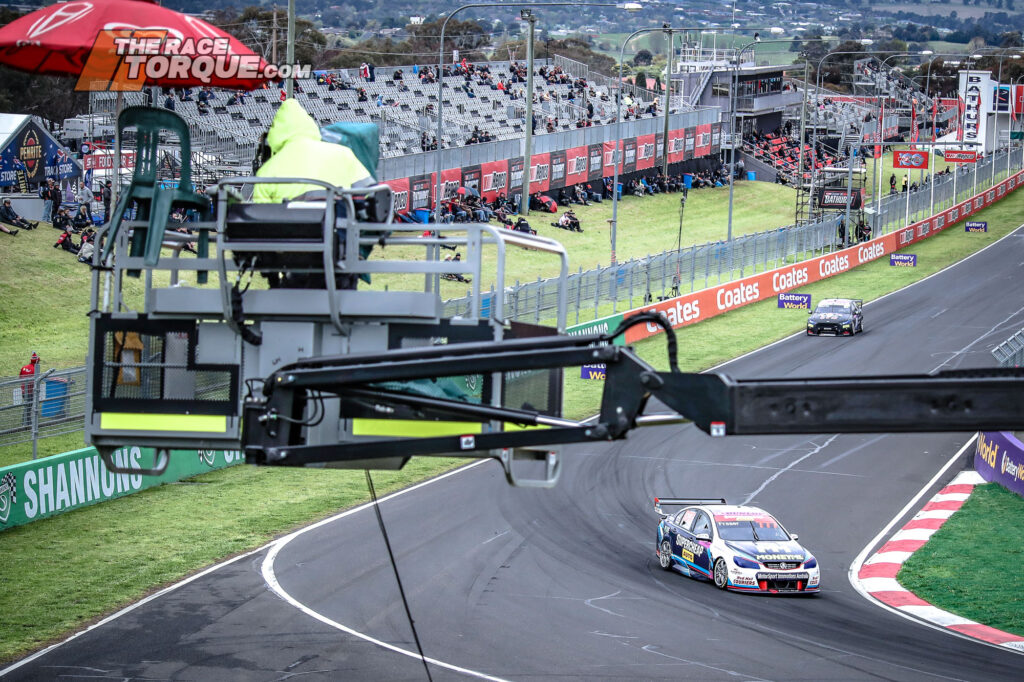
WHO WATCHES WHERE:
UNTIL THE 2015 race, the Bathurst 1000 was only shown on free-to-air TV.
Since then it has been split between either Channel 10 and Foxtel, or Channel 7 and Foxtel as part of the current media rights agreement.
Viewing choices have changed somewhat over this period: The metro free to air audience has dropped from 1.224m in 2014 to 774,000 last year, while Foxtel’s numbers (those watching via the traditional Foxtel Box) have grown from zero in 2014, to about 350,000 last year.
In recent years, that number has changed again as the streamers begin to take hold, with the Foxtel Group reporting that their streaming audience has grown from just 33,000 in 2019 to nearly 180,000 last year – a huge growth.
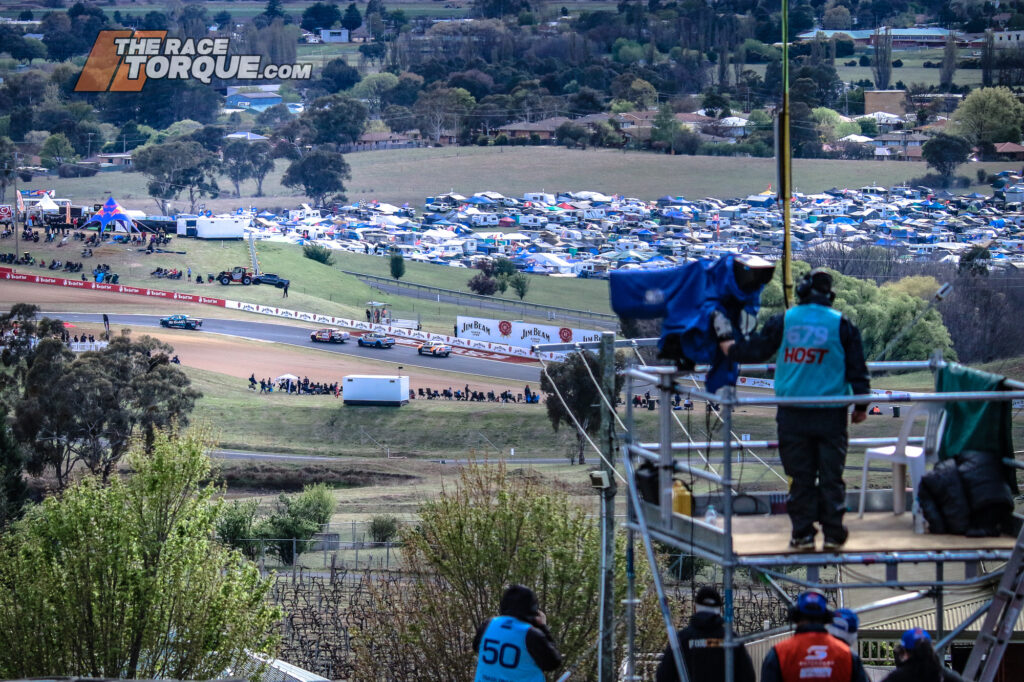
ITS NOT JUST SUNDAY
SUNDAY isn’t the only money day for motorsport in terms of TV ratings – the appointment viewing that is the iconic Top 10 Shootout also draws the eyeballs.
The Shootout has an average metro audience of 736,000 across the last 15 years.
When you include the regional audience (an average of 355,000 over the last 5 years) it pushes Qualifying day to an audience of more than 1 million people nationally.
Only Sunday’s Great Race and the Formula 1 Australian Grand Prix (which this year drew 1.1m nationally) draw more eyeballs than the Shootout.
Even last year’s Saturday wash out – where there was no track action at all from about 2pm in the afternoon, drew more than 500,000 people.
The always excellent qualifying session on Friday evening draws in excess of 400,000 nationally each year, a huge number generally only eclipsed by races at the Adelaide 500, Gold Coast and the Grand Prix Supercars races.
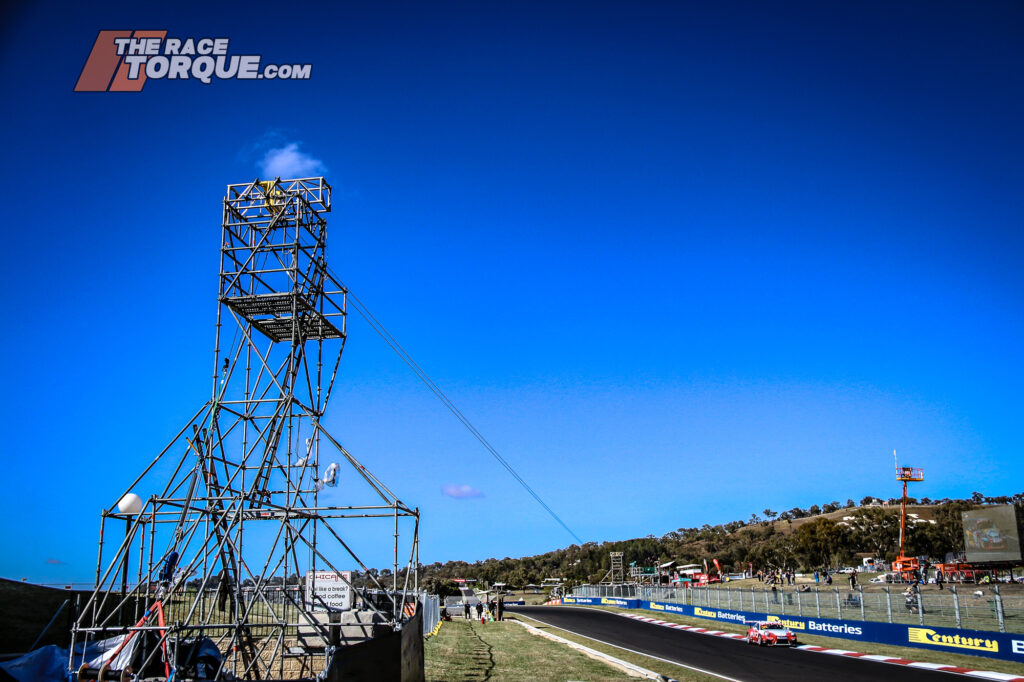
THIS WEEKEND
FOX Sports and Channel 7 will broadcast an enormous amount of coverage from the Mountain this year.
Fox is live from just after 7am Thursday with every session on track covered.
Channel 7 is live from Friday morning right through ‘til the end on Sunday.
With the 60th anniversary celebrations in effect, a big build up and lots on the line, you can be sure a massive TV audience will be watching alongside the more than 50,000 trackside this weekend.







